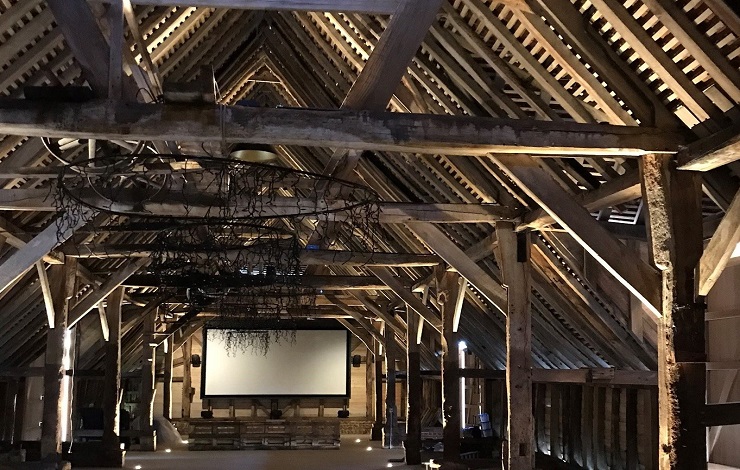Why use DALI control in residential lighting?
The improvement in phase dimmable drivers and dimmers over recent years has reduced the advantage of the smoother more reliable dimming from 1-10v controls. Although the highest specification projects will probably still have 1-10v or DALI specifications, phase dimming is satisfactory for most other projects so long as the right products are specified.
This raises the questions of whether the twin-control wire systems will be able to justify their premium cost in the future. Both will still offer a quality advantage, but I think in the case of 1-10v the premium will not be worth it. However, DALI will continue to offer advantages.
For example, there are projects, typically barns, swimming pools and some listed buildings, where minimising wiring is not just desirable, but essential. As DALI allows flexible wiring topology – jargon for meaning that you do not have to wire each circuit individually back to the control rack – it can greatly reduce the cabling required.
This is because the addressability of DALI allows an individual fitting (actually the driver) to talk back to the control system, which means that it can be assigned to a group, which then becomes effectively a circuit – even when all are connected to the same 4-core cable. An experienced contractor can save a considerable amount on their wiring costs and the controls can, somewhat counter intuitively, actually be less expensive than conventional phase dimming.
The advantages are greatest in large spaces where multiple circuits might be needed with conventional wiring. Being able to effectively change circuits around also adds a degree of future proofing to the project.
This flexibility is reinforced because a DALI system can be extended in a way that is much more difficult with conventional wiring. Any new fitting added to the same 4-core cable – for example via a new spur – will automatically identify itself and can be added to a new, or existing, group of fittings.
It should be said that DALI has some extra complexities that need to be borne in mind. There is certainly some extra cost in the fittings and in commissioning a DALI system.
Nevertheless, taken together with the superiority of its dimming performance, the flexibility advantages of DALI offer benefits in certain types of residential projects that should not be ignored.
Paul Stephenson, Owl Lighting 3.7.19

On this project English Heritage was concerned to minimise cabling, which was achieved using DALI control

